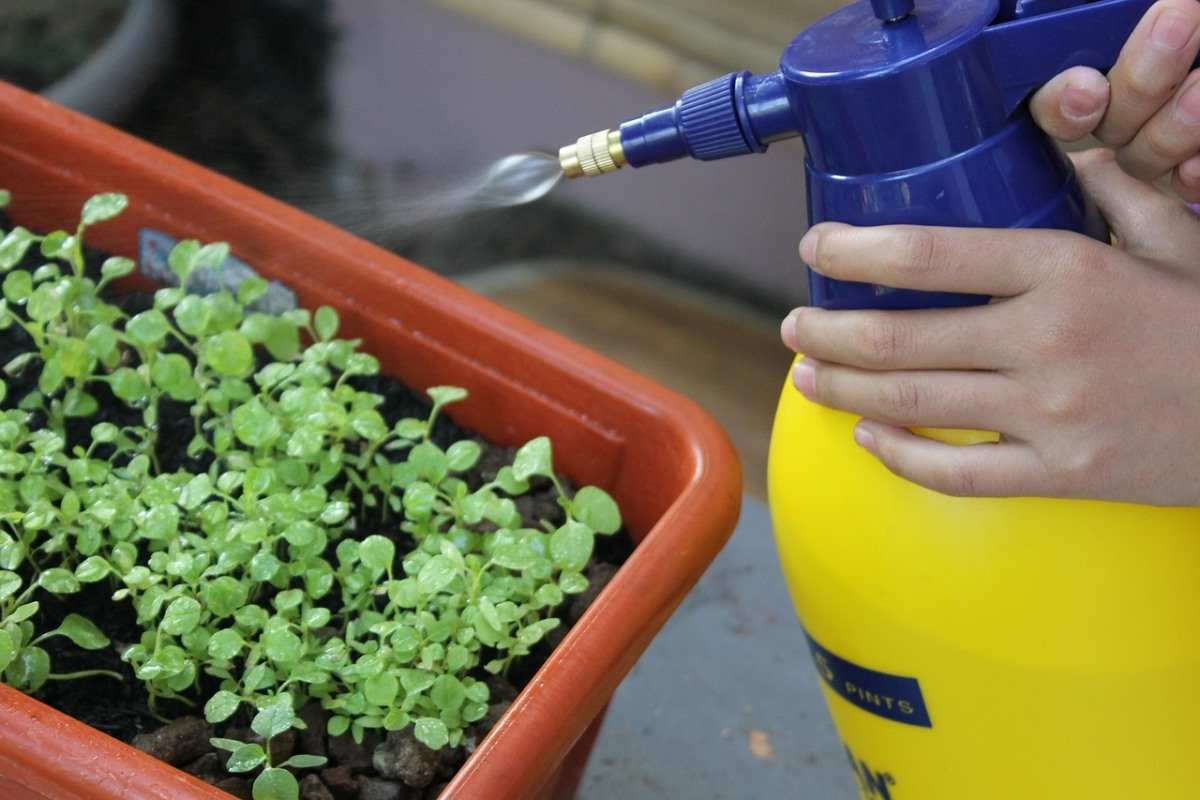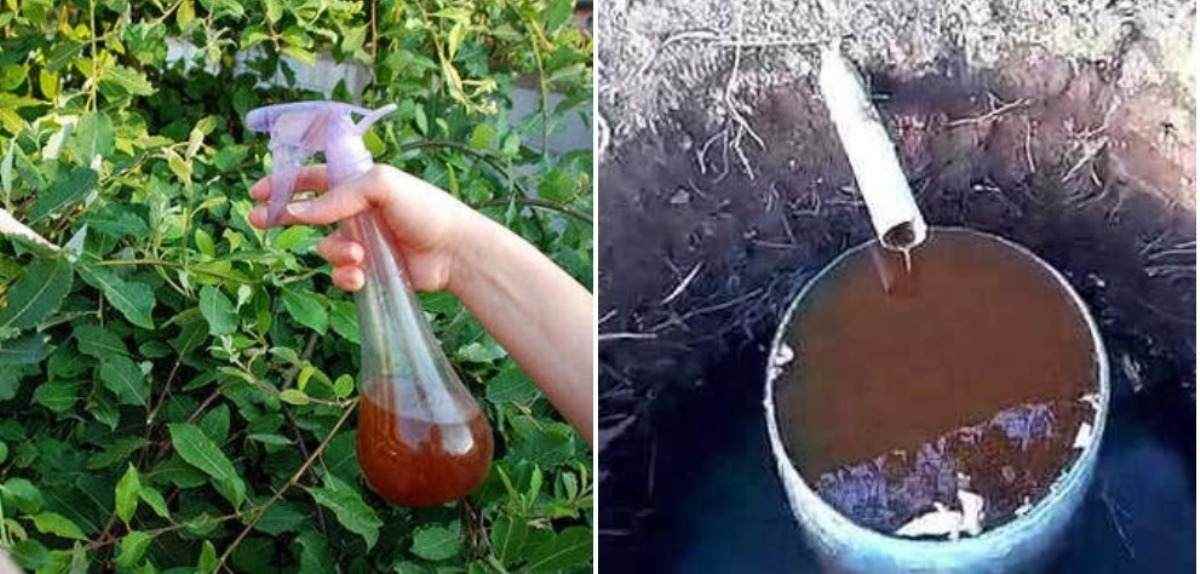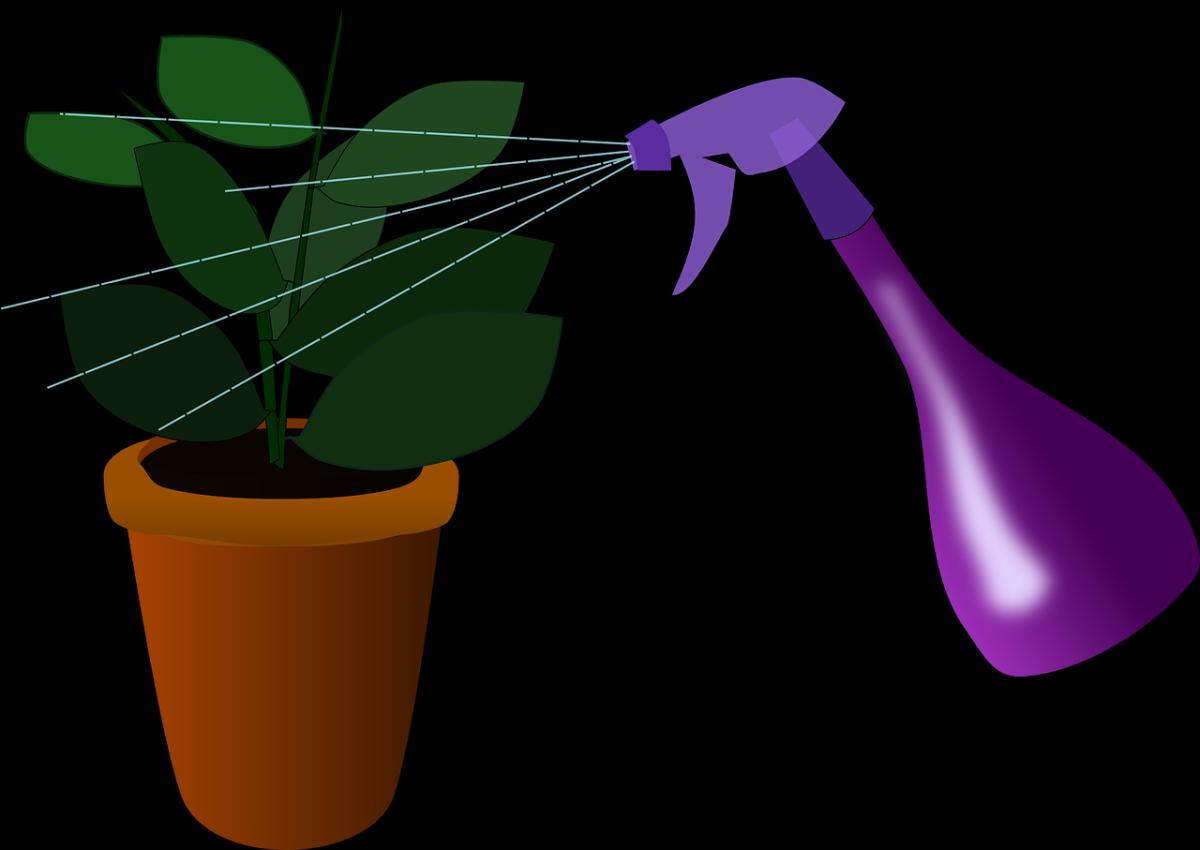Introduction to Vermiwash Manufacturing Project Report, Preparation of Vermiwash, and Business Plan: Hello Agripreneurs! Today we have some detailed and significant information about the Vermiwash Manufacturing Business, benefits, and project report of Vermiwash. Vermiwash is a liquid extract developed from vermicomposting beds and is advantageous as an organic manure for agriculture practices. Vermiwash is a collection of excreta and mucus secretions of earthworms that contains micronutrients from the soil organic compounds. Vermiwash, if collected precisely, is transparent and clear, but has a pale yellow color. Vermiwash is rich in vitamins, macronutrients, hormones, and micronutrients when added to plants to help in active growth. Let’s see the detailed overview of the preparation process of Vermiwash.

A guide to Vermiwash Manufacturing Project Report, Extraction Process, Business Plan in India

Composition of Vermiwash: The Vermiwash Include the following nutrients:
- pH: 7.48 ± 0.03
- Organic carbon percentage: 0.008 ± 0.001
- Nitrogen percentage: 0.01 ± 0.005
- Available phosphorous percentage: 1.69 ± 0.05
- Potassium (ppm): 25 ± 2
Benefits of Vermiwash
- Vermiwash is a beautiful plant tonic and aids to decrease several plant diseases.
- A mixture of 1L Vermiwash with 1L cow urine in 10 liters of water will be used like biopesticide and liquid natural fertilizer.
In case if you miss this: Lemongrass Oil Manufacturing Project Report.

Machinery and setting up Vermiwash Production Unit
Vermiwash units can be arranged in barrels or in buckets. The crucial aspect is the principle and we have explained the process for establishing a 250-liter barrel. Procure an empty barrel with one side open. On the other side, a hole is punched to place the vertical limb of a ‘T’ jointed tube around half to one inch of the tube into the barrel. To one end of the horizontal limb, a tap is added and the other end is closed. This allows an emergency opening to clean the ‘T’ jointed tube if there is a blockage. The entire unit rests on a short platform made of few bricks to aid the collection of Vermiwash.
Keeping the tap open, a 25 cm layer with broken bricks or pebbles is prepared. A 25 cm layer of coarse sand will be added later bricks layer is made. Now water is allowed to flow through these layers to help establish the basic filter unit. On top of this layer, a 30 to 45 cm layer of loamy soil is prepared. It is moisturized and then about 50 numbers, each of the epigeic (surface) and sub-surface (anecic) earthworms are introduced. Cattle dung pats and hay are added on top of the soil layer and made wet. The tap is kept open for up to 15 days and water is added daily to keep the unit wet.
On the 16th day, the tap will be closed and on top of the unit, a metal vessel perforated at the bottom as a sprinkler is placed. Five liters of water (this volume of water should be one-fiftieth of the size of the main barrel or vessel) are added into this container and allowed to gradually pass through on the barrel overnight. This water gradually goes through the compost, the burrows of the earthworms, and will aggregate at the base of the container. The tap of the unit is now kept open and Vermiwash is collected. The tap is then turned off. And the suspended pot is again filled with 5 liters of water in the evening which can be gathered the next morning. Dung pats and hay might be changed from time to time if needed. The entire content can be emptied and replaced after 10 and 12 months of use.
If Vermiwash is diluted with water and cow’s urine, make sure the proportion is followed (1 L of Vermiwash, 1 L of cow’s urine, and 8 L of water) and sprayed on crops to act as an effecting foliar spray and even as a pesticide.
The manufacturing process of Vermiwash
The Vermiwash manufacturer can arrange the Vermiwash unit using a large container building of the concrete or plastic barrel that has a 250-liter capacity. Drill a hole at the end of the container and then include a tap to it. At the bottom of the barrel, add some gravels or broken small pieces of bricks up to 10 to 15 cm or around 10 to 15% of the container. Place another layer using coarse sand 10 to 15 cm or 10-15%. Keep hay on top of this soil layer. Pre decomposed organic wastes or cow dung (older than 10 days) are fed and water is sprinkled. Add about 1000 to 1500 juvenile or adult earthworms to this Vermiwash container and keep it moistened regularly. To obtain Vermiwash, add water from time to time using a small bucket with a single hole in the middle. Keep cotton wicks in the holes so the water will move down. The water gently percolates to the bottom between the compost carrying some nutrients through the filter unit. Fill the container using 4 to 5 liters of water daily to keep the unit moist.
After about 7 to10 days, the Vermiwash will be extracted in the vessel. In around 15 days, around 35 to 40 liters of Vermiwash will be formed. The collected Vermiwash must be placed in a cool and dry place. The Vermiwash can be diluted (10 to 15%) and used as a pesticide or fertilizer on the plants directly or added as manure to the soil.
Extraction of Vermiwash
Vermiwash is obtained using a Vermiwash collecting device. The drops of water so-called Vermiwash are formed from the different layers of dung, sand, and a mixture of dry and moist decomposing wastes.
Earthworm will initiate the decomposition of the dung fed in the container and water will be sprinkled on the upper layer that passes through the dung being decomposed gradually by the earthworm. The collecting device is built by plastic or metal drum that can hold up to 2 liters and a tap is included at the bottom of the drum filled with crushed breaks, around 10cm thickened which is followed by a sand layer about 2 to 3 cm thickness, finally filled with vermicompost using a heavy population of earthworms. Simultaneously, an appropriate amount of fresh water is added, to the drum and a vessel is kept below the tap of the drum. The pale yellow to dark brownish liquid extract is called Vermiwash. This is drained out during the composting process by the earthworms. This extract is collected in separate vessels.
The color of Vermiwash differs from yellowish to black depending upon the wastes you use in the compost. After a couple of days of the extraction process, various concentrations of Vermiwash are gathered and placed in a cool place. The mixture also contains some coelomic and fluid excreta of earthworm, and hence the name “Vermiwash”. The Vermiwash is collected into the vessel from the pipe directly. Hence, Vermiwash is collected in a separate clean vessel which can be sent for packaging. Vermiwash can be used for various plant species, it is effective for all types of plants.
Vermiwash Manufacturing Project Report/ Economics of starting Vermicomposting Unit in India
You may also check this: Herbal Hair Oil Project Report.
A. Capital Cost
Construction of a temporary shed for planning 200tpa vermicompost unit: Rs. 72,000
Machinery for a 200tpa unit: Rs. 80,000
Office and store: Rs. 60,000
Water facility: Rs. 60,000
Two NADEP tanks: Rs. 5,000
The total amount required to start Vermicomposting unit: Rs. 2,77,000.
B. Recurring Cost
Feed stock & handling charges: Rs. 72,000 per cycle for 5 cycle in a year: Rs. 3,60,000
Rent on lease: Rs. 8,000 per year 8,000
Total: Rs. 3,68,000.
(Operational cost of two cycles is capitalized)
Total Project charges: Capital cost: Rs. 2,77,000
Recurring cost: Rs. 1,44,000
Total: Rs. 4,21,000
Margin (20%): Rs. 85,000
Bank loan: Rs. 3,36,000
Rate of interest: 12% p.a.
Repayment period: 8 years including a grace period of one year.
Profit in Vermicomposting commercial unit
Selling of vermicompost – Rs. 2,500 per ton = Rs. 4,50,000 per year
Selling of worms – 5 kg per tonne of compost and Rs. 50 per kg: Rs. 45,000 per year
Selling of Vermiwash – 1 L costs Rs. 480 to Rs. 500: Rs. 3,00,000
Consultancy and extension works: Rs. 10,000
Total: Rs. 8,05,000 for second year
Net profit for first year: Rs. 8,05,000 – 4,21,000 = Rs. 3,84,000.
- Handicraft Making at Home: A Small Profitable Business Idea
- Pet-Tech Startups: Innovations for Animal Lovers
- Tech Repair Services: Meeting the Demand for Gadget Maintenance
- Maximizing Rewards: Smart Credit Card Habits for Cashback and Points
- Ultimate Guide to Making Money from Goat Milk Business
- How to Start an Agricultural Value Added Product Business
- Value-Added Business Ideas for Greenhouse: The Best Ways to Make Profits with Greenhouse Farming
- How to Make Profits with Organic Country Chicken: Best Strategies for Beginners
- 10 Value-added Business Ideas for Millets: Low-investment and Highly Profitable
- Why Cleaning Service Business Becoming More Profitable in Metro Cities in India
- 10 Best Businesses to Start in Ayodhya for Profits
- Top Drone Business Ideas in India: Unlocking Aerial Innovation & Opportunities
- Top 10 Service Businesses You Can Start with No Money
- Ultimate Guide to Starting a Home-Based Advertising Agency Business
- Starting a Nail Salon Near Your Location: Check List, Business Plan, Licensing, and Opening Instructions
- Construction Company Name Ideas: Guide to Create New Construction Company Names
- 8 Best Small Businesses to Start in Hyderabad: Low-Cost and Profitable
- 10 Best Small Businesses to Start in Massachusetts: Low-Cost and Profitable
- 10 Best Small Businesses to Start in Maryland: Low-Investment and Profitable
- 10 Best Small Businesses to Start in Delaware: Low-Investment and Profitable
- 10 Best Small Businesses to Start in Connecticut: Low-Investment and Profitable
- Top 10 Best Online Pet Business Ideas: Exploring Cats to Dogs
- 10 Best Small Businesses to Start in Colorado: Low-Investment and Profitable
- Top 10 Profitable Small Business Ideas in California: Low-Investment Tips